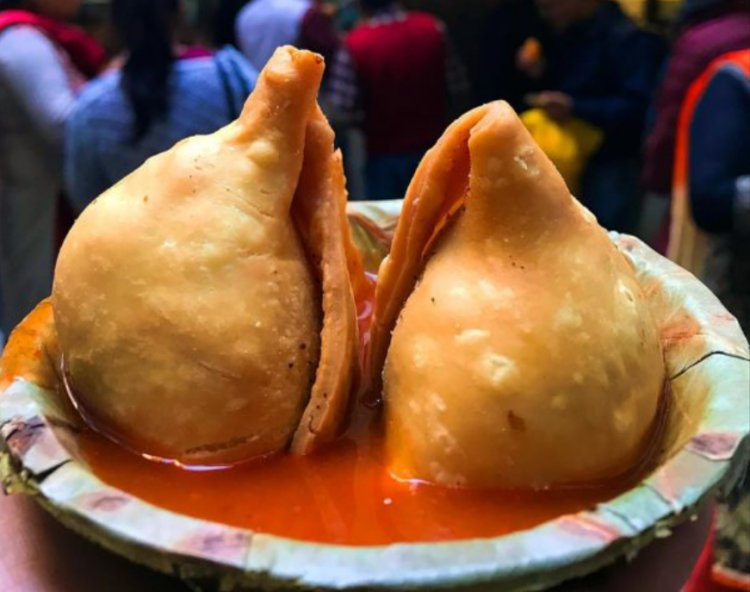The Evolution of Samosa in Nepal and the Brief History of Tip Top
Discover the history of samosas in Nepal and how Tip Top became a beloved spot for the best samosas in Nepal. Learn about the evolution of this popular snack and its cultural significance.

Evolution of Samosa in Nepal:
Samosas have a long history in Nepal, and their origins can be found in the Indian Mughal Empire. The Mughals introduced samosas to India during their rule in the 16th century, and it soon spread to neighboring countries, including Nepal. The samosa underwent a transformation in Nepal as it adapted to the regional flavors and ingredients.
Initially, samosas in Nepal were made using wheat flour, and the filling was made of spiced potatoes, peas, and onions. They were a popular street food item sold by vendors who carried them in large baskets. As the popularity of samosas increased, vendors started to experiment with different fillings, such as minced meat, cheese, and vegetables.
With time, the samosa evolved to suit the local Nepalese taste. Some regions added more spices, while others added different types of vegetables and meat. For example, in the Terai region, samosas are often filled with spicy minced meat, while in the hilly regions, samosas are typically filled with potatoes, peas, and other vegetables.
The Brief History of Tip Top:
Tip Top is one of the oldest and most popular samosa shops in Kathmandu, Nepal. It was founded in the early 2000s by Mr. Mohan Lal Gupta, who started the business as a small samosa stall in the narrow alleys of New Road. The name "Tip Top" comes from the presence of a tailor shop in the alley, which was called Tip Top Tailors.
Initially, Tip Top was only a small samosa stall, and there was no place for people to sit and eat. Customers would stand in the narrow alleyways and enjoy the hot and spicy samosas with tangy tomato chutney. Despite the lack of seating, Tip Top's popularity grew rapidly, and it soon became a household name in Kathmandu.
As Tip Top's popularity increased, Mr. Gupta expanded the business and opened a small cafe adjacent to the original samosa stall. The cafe had limited seating, but it was a welcome addition for customers who wanted to sit and enjoy their samosas in a more comfortable environment. Today, Tip Top has multiple branches throughout Kathmandu, and it is well-known for its delicious samosas and other traditional sweets and snacks.
Overall, the evolution of samosas in Nepal has been fascinating, and the dish has become an integral part of Nepali cuisine. The snack has evolved over the years from a simple street food to a popular food item in high-end restaurants.
Tip Top, one of the oldest establishments in Kathmandu, has played a significant role in the history of samosas in Nepal. It has catered to the taste of its customers for over a decade, establishing itself as a popular eatery when it comes to eating samosas and sweets in the city. The spicy samosas offered by Tip Top are particularly famous among its customers, and its history is intertwined with that of the evolution of samosas in Nepal.
From a small samosa stall in the narrow alleyways of New Road to a relatively larger café that has expanded to Kathmandu Durbar Square, Tip Top has come a long way. Despite its increasing size, the café has always been crowded, and there never seems to be enough space to accommodate the number of customers it serves every day. However, this has not deterred people from indulging in the taste of hot and spicy samosas.
To learn more about samosas and the recipe for preparing them, go to :Perfect Samosa Recipes: Vegetable, Chicken, Keema
What's Your Reaction?




































































































